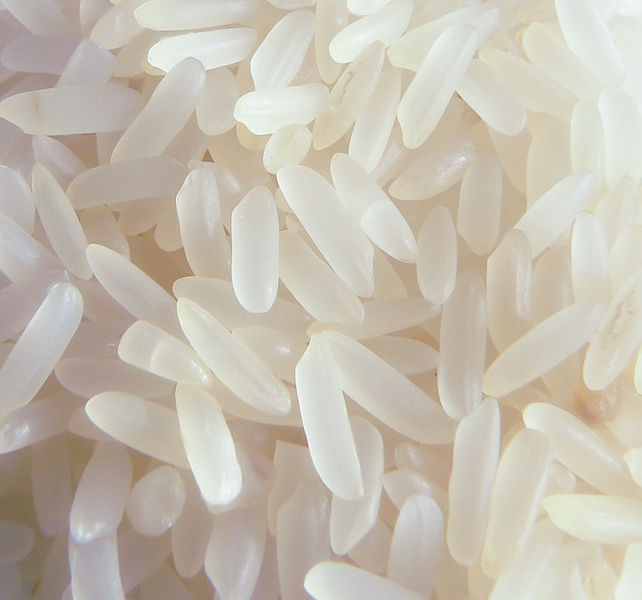
“In virtually every (rice) product we tested, we found measurable amounts of total arsenic,” said the article.
However, Carl Winter, UC Cooperative Extension specialist in the Department of Nutrition at UC Davis, said it’s too early to recommend any changes in diet because of these findings.
“Arsenic is a naturally occurring element, found in a lot of different foods and some drinking water at different levels,” Winter said. “We’ve been consuming it all our lives. It’s too early to say whether it is causing any harm.”
He suggests people continue to eat a balanced diet that includes a wide variety of foods while the federal officials who are charged with protecting the United States’ food supply draw scientific conclusions about dietary arsenic exposure.
The U.S. Food and Drug Administration is currently collecting thousands of samples of rice-containing foods to develop a database that will allow the agency to establish acceptable levels in foods. Preliminary data released by the FDA in September found that the average levels of inorganic arsenic to be 3.5 to 6.7 micrograms per serving. The data collection is expected to be completed by the end of the year.
“The scientific approach is being taken right now to get a real handle on the typical level people consume,” Winter said. “Before you do that, it’s hard to say any population is at risk.”
Arsenic may be present in some other foods, but most crops don’t readily take up much arsenic from the ground. Rice is different because it is grown in flooded conditions. In an anaerobic environment, arsenic changes into a form that is easier for plants to absorb.